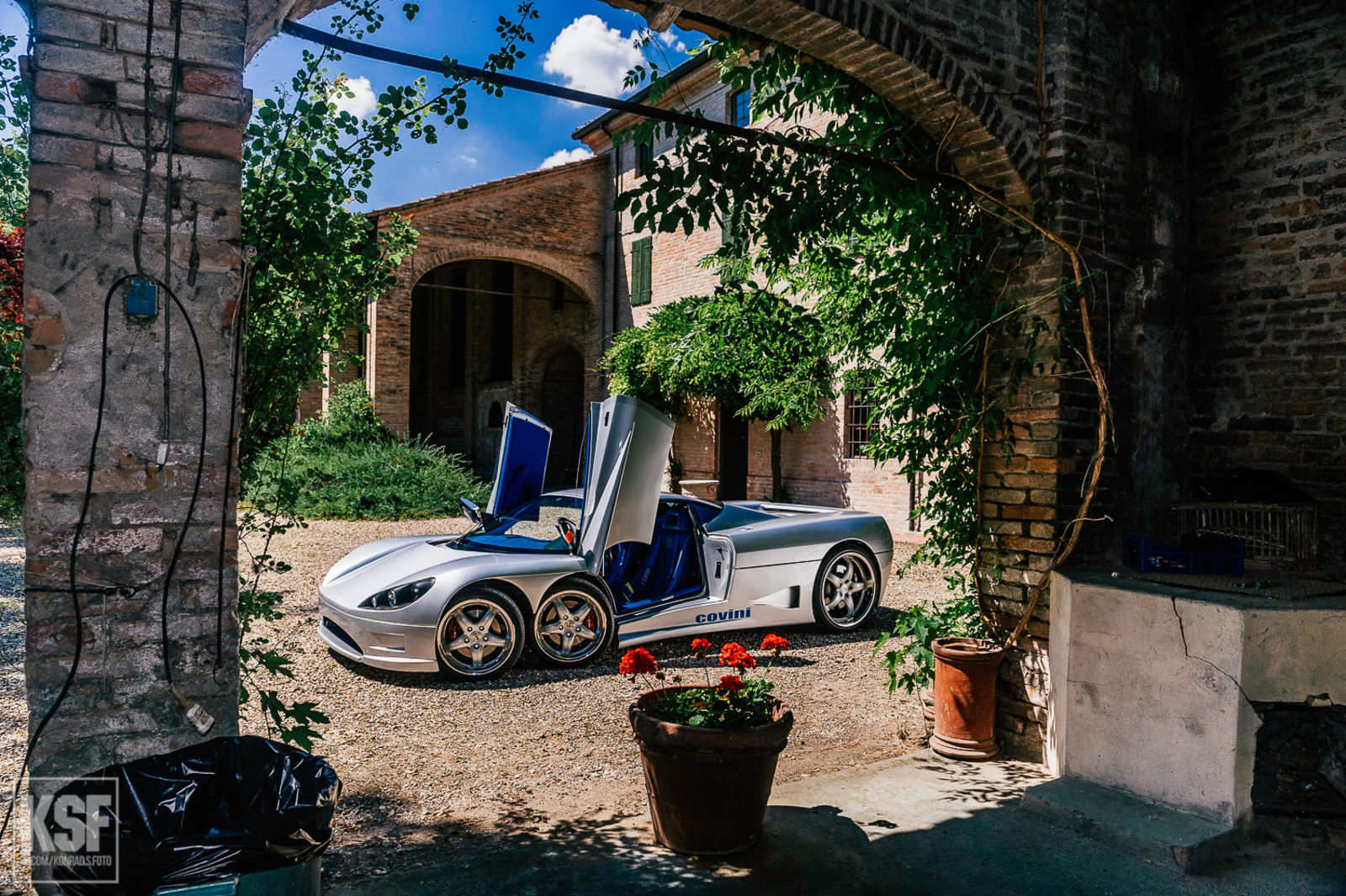
Back in 1978, a mechanical engineer by the name of Ferruccio Covini launched a company dedicated to building something special. Let’s have a quick refresher on what Covini Engineering has done between that near-Alfa Romeo SUV and this Italian Tyrell P34 grocery-getter.
Covini T44 Soleado/Turbo (1978)
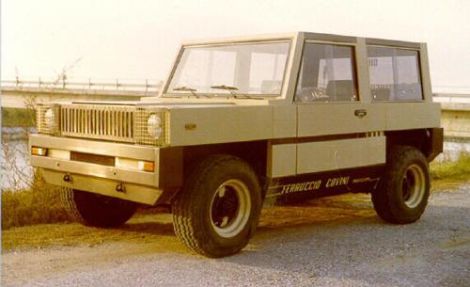
The T44 Soleado was a rear-midengined, 2.0L turbodiesel, manual 4x4 for sportier off-roading. VM Motori S.p.A. bought all the patents, the prototype, and the design in 1980 with the intent of having Alfa Romeo produce this mid-engined, turbodiesel SUV but Alfa went bankrupt in 1982 and that killed the chances of it going into production. So close to happening!
Covini B24 Sirio/Turbocooler (1981)
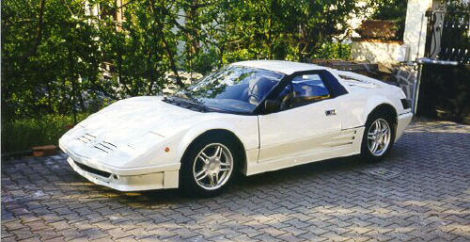
The B24 Sirio showed up using an air-liquid intercooler and was the first diesel production car to break 125 mph. This is the only car besides the T6W to make it past the prototype level and be produced with I believe 9 examples ending up in the US.
Covini T40 Summit/Turboboost (1985)
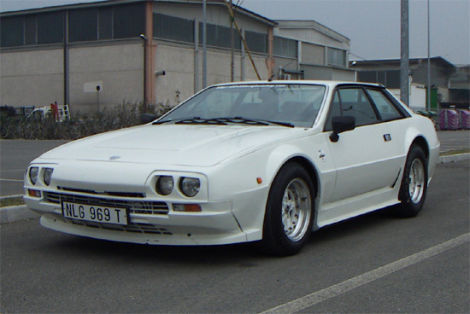
The T40 switched things up with a 221 hp turbodiesel 5-cyl mounted longitudinally up front. It added two more seats to become a grand tourer and increased its diesel-powered top speed to around 146 mph with a 0-60 mph time below 7.5 seconds (80s diesel). It wasn’t until 20 years later that we had production cars knocking down these stats on the regular. Again, prototype.
Covini C36 Turbotronic (1998)
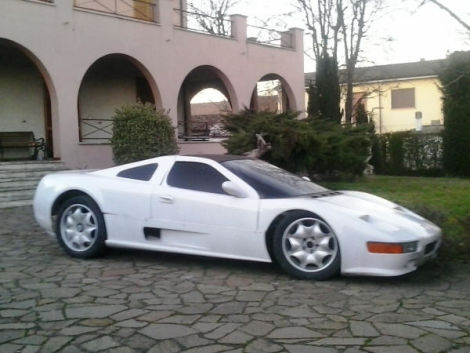
The C36 saw the engine return to behind the driver’s seat, this time being a 6-cylinder turbodiesel hooked up to a manual transmission (as is tradition at this point). This thing was speculated to do nearly 168 mph! I mean, I can’t believe that. Basically the equivalent of the Audi R8 6.0 V12 TDI of its day.
Covini C3A/C6W (2008/2011)
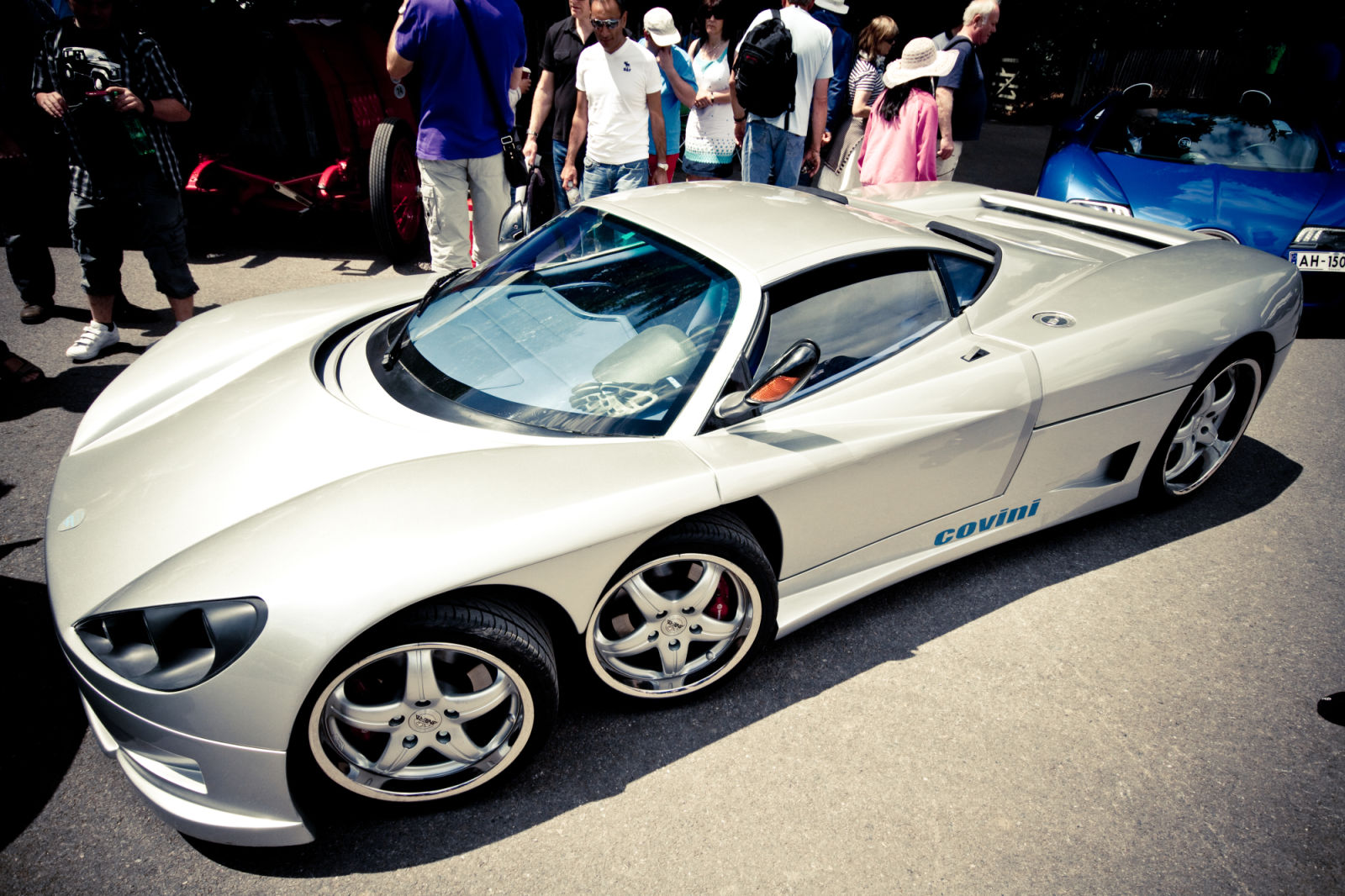
Here is that six-wheeled, 4.2L Audi V8-powered (though there is an optional V12 as well), Tyrell P34-inspired Italian sportscar you were asking me about. Well it makes between 435 hp to just under 500 hp but only weighs 2,500 lbs dry. Jalopnik alumni Bill Caswell was the first person outside of the family and engineers to drive this thing any amount so definitely read up on his 2011 take on that steering.
I believe the C3a is the prototype and the C6W is the car which I guess gets produced at up to 9 units annually (though it’s hard to say since the car has been near-production for this entire decade). All I know is that it isn’t a turbodiesel or positively fictional at the consumer level so I can’t consider this a true Covini. I’m a purest, harrumph!
But in case you were wondering about what the guys are doing that designed what would have been a mid-engined Alfa Romeo SUV, the fastest diesel sportscar of the early 80s and, most notably, the redesigned Cadillac STS for Europe, as well as the Callaway C7 (the 90s racecar I mean)... well they are producing six-wheeled sportscars right now. In fact, partnering with PMI Spa, we were supposed to see the production car for the US (speculated at $400,000) this year in Bologna. No word on if anyone saw it...
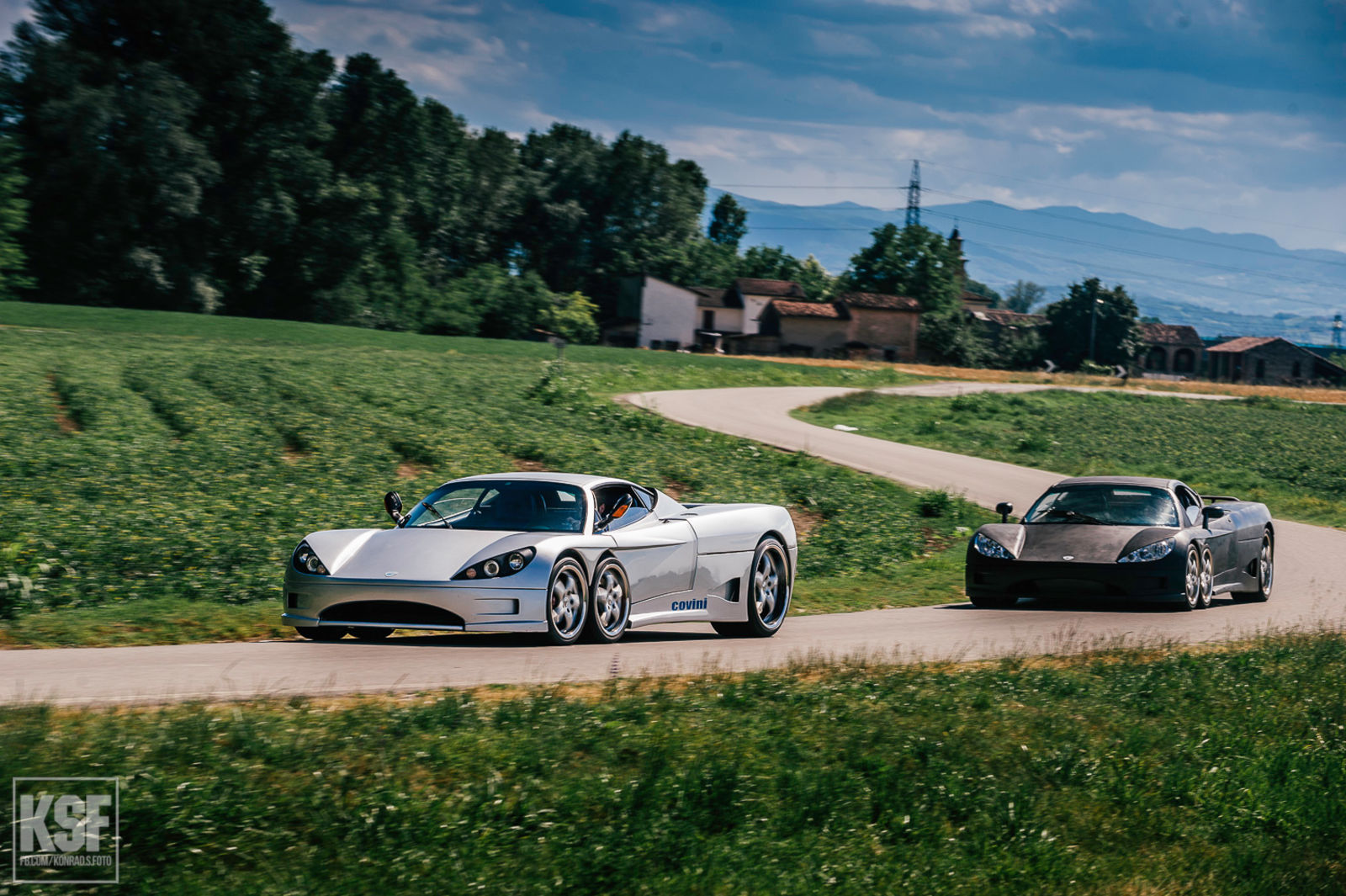
The Covini C6W has been conceptualized since 1976, ever since the Tyrrell P34 was seen racing. It wasn’t until 2003 that Covini returned to the project and started creating a prototype due to low profile tires being more common. Then finally in 2011 the production version of the car was shown. Commitment to a dream, Oppo. Do what inspires you, even if no one knows that you’re doing it.